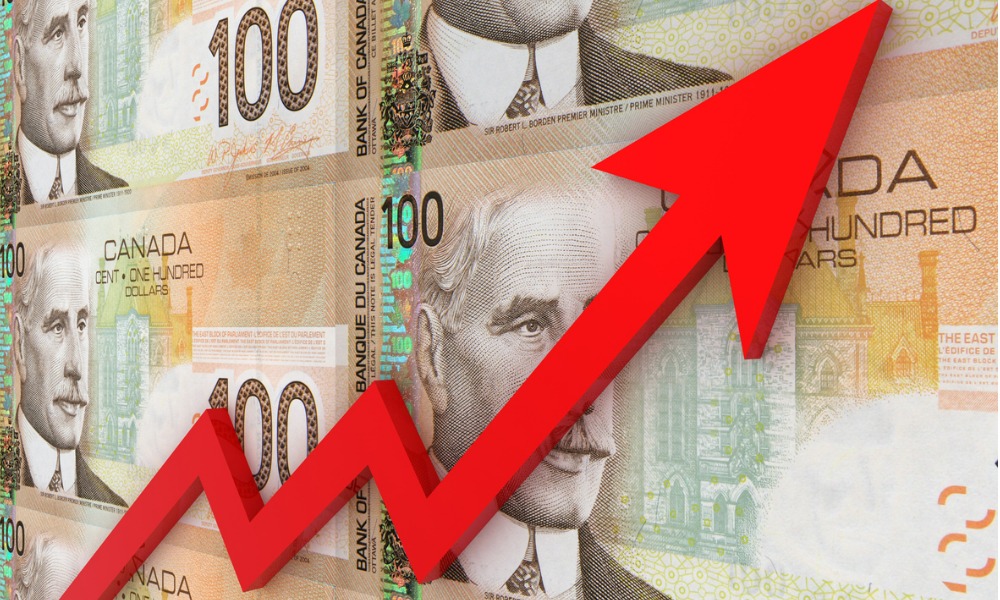Portfolio manager offers tips on how investors should analyse EMs and outlines three trends to follow for 2020

Getting the most out of your emerging markets exposure is getting harder as regions become more uncorrelated and idiosyncratic.
Regina Chi, vice president and portfolio manager at AGF Investments Inc, believes, therefore, that broad diversification may be more important than ever. She explained that not all emerging markets (EM) are created equal and, in fact, often display significant diversity and fragmentation.
Chi said: “The ‘rules’ developed-market investors tend to follow when evaluating equities often don’t apply well to EM. Political developments, how well investable equities reflect the real economy, regulatory differences and other factors can create inefficiencies and highly idiosyncratic investing environments, with a consequent impact on return.
“For those reasons, simply buying an EM index or focusing on high-GDP-growth economies may not be enough to generate either effective diversification or better-than-benchmark performance.”
This means when it comes to the developing world, identifying the high-quality stocks means identifying the highest-potential markets and requires a strong focus on country fundamentals.
Chi stressed that this may be truer now than ever. For while country factors have always been important in generating returns in EM, the retrenchment of globalization and the social and economic forces that underpin the move towards protectionism throughout the world may see them play an even bigger role in determining performance going forward.
AGF research also suggests that while many investors pay attention to economic growth or a country’s political environment, they might overlook other, more detailed factors.
Chi explained: “As trade barriers grow higher, for instance, economies are likely to become more regionalized and individual country returns will tend to become more uncorrelated with one another.
“Moreover, supply chains have already begun shifting away from China and towards other parts of the world – Vietnam, Indonesia and Mexico, for example – as China’s labour costs have risen. And now the recent trade dispute with the United States, China’s largest export market, has only accelerated that trend.
“The current state of equity markets, meanwhile, often does not accurately capture evolving trends. The MSCI Saudi Arabia index has been dominated by domestic financials but the economy is heavily dependent on energy. However, the IPO of state-owned Saudi Aramco – which would make the oil enterprise the largest publicly listed company in the world – has the potential to dramatically change the mix.”
Economic growth and a country’s political environment are important, she added, but investors risk overlooking more detailed factors. She highlighted the fact most EM countries still rely on capital controls to regulate financial flows and mitigate volatility in their capital accounts. Such controls create a structural bias towards the home market and China, which limits annual offshore transactions to US$50,000 per citizen, provides one important example: onshore shares of dual-listed Chinese companies (so-called A-shares) tend to trade at a 30% premium to their offshore equity (so-called H-shares).
Chi added: “Indian equities, moreover, look expensive relative to other emerging markets (about a 70% premium to the MSCI EM index), but there’s a reason for that too. Over the past decade, assets under management in India have grown eightfold, to more than US$150 billion, but Indian pension funds are not allowed to invest in foreign assets. The result: much of that capital is effectively held captive, suggesting Indian stocks might not be so expensive, after all.”
A few significant trends AGF expects to play out over the next year:
China still matters:
Chi said: “Yes, supply chains are recalibrating at the expense of China’s historical export domination, but it remains the global growth lever. If China does well, the rest of the world does well. It still has a healthy current account and has shown a willingness to implement stimulus to keep the economy growing. With optimism over a trade truce with the U.S. growing, it’s possible that the gloom over manufacturing and exports will recede, which (combined with European fiscal stimulus) could make 2020 a better year for Chinese stocks.”
Pay attention to current account balances:
“Our research suggests that a healthy current account balance-to-GDP ratio has been a reliable indicator of market outperformance. For example, during the 2013 ‘taper tantrum’, when investors panicked in response to the U.S. Federal Reserve slowing its quantitative easing program, emerging markets with a current account deficit were devastated. Thailand, which had a healthy current account surplus (and still does), was an exception. Notably, China also has a very positive current account; so do Russia, Singapore, Taiwan and South Korea.”
Don’t sleep on Brazil:
“Valuation screens – and the country’s tumultuous political record – do not adequately reflect the potential for growth in the world’s ninth-largest economy. The new government under Jair Bolsonaro is enacting a host of pension, tax and administrative reforms that should result in more fiscal power. If an improved economic background translates into higher corporate earnings, an overweight position on Brazil could well be warranted.
“Treating emerging markets as a homogeneous asset class, as investors often do, cannot capture important country-specific realities and nuances. Anyone who has travelled the world will have observed the obvious fact that while people share common traits, every country is different, with its own strengths, weaknesses and idiosyncrasies. Why would anyone invest as if they were all the same?”



